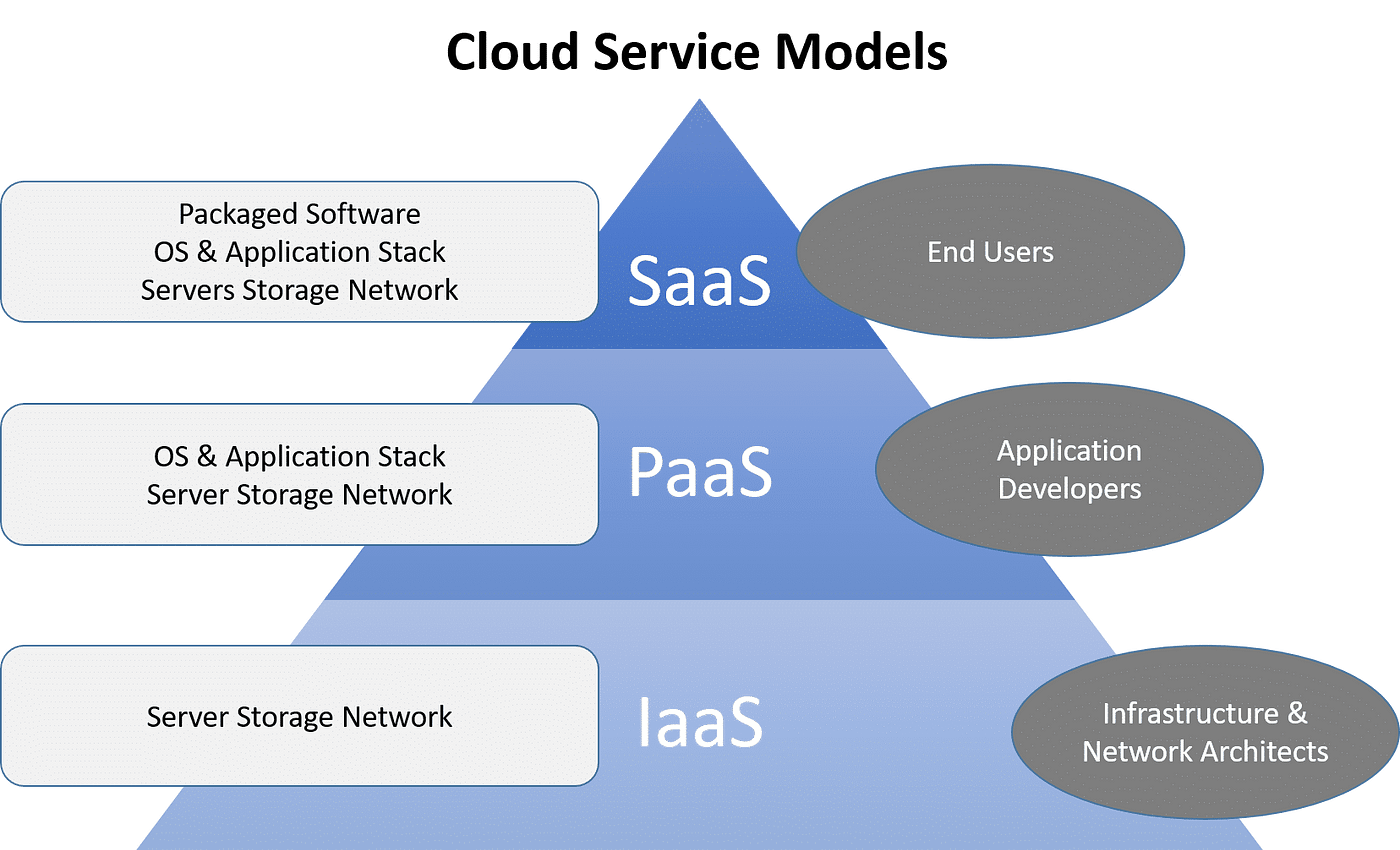Mastering LinkDaddy Cloud Services: The Ultimate Guide to Cloud Services Press Release Strategies
Wiki Article
Simplify Your Framework With Cloud Provider
As companies navigate the ever-evolving landscape of technology and data monitoring, the role of cloud solutions in streamlining facilities has actually become progressively prominent. The appeal of structured procedures, improved performance, and improved resource allocation through cloud remedies is obvious. However, the trip towards a much more cost-effective and nimble IT facilities entails more than simply migrating to the cloud. It calls for a calculated method and a deep understanding of the nuances of cloud adoption. Exactly how can organizations efficiently browse this shift and truly unlock the potential of cloud services for streamlining their infrastructure?Benefits of Cloud Provider
Cloud solutions offer a structured method to handling IT framework, providing businesses with cost-efficiency, versatility, and scalability. Among the essential benefits of cloud services is the scalability they offer. Services can quickly scale their sources up or down based upon need, ensuring they only pay for what they utilize. This versatility is particularly helpful for organizations with varying demands or those experiencing growth.In addition, cloud solutions eliminate the requirement for companies to purchase costly equipment and software. This cost-efficiency is a significant advantage, specifically for little to medium-sized business aiming to decrease upfront prices. By using cloud solutions, services can access high-grade IT sources without the hefty cost tag related to typical facilities arrangements.
Furthermore, cloud services provide companies with the flexibility to access their data and applications from anywhere with a net connection. This level of ease of access enhances collaboration among groups, makes it possible for remote work, and enhances general productivity. The adaptability offered by cloud services equips businesses to adapt swiftly to altering market problems and customer demands.
Cost Financial Savings and Scalability
Along with the functional advantages highlighted previously, the integration of cloud solutions right into a company's framework generates considerable price financial savings and boosted scalability. Cloud services supply a pay-as-you-go version, permitting companies to range sources up or down based on existing demands, therefore avoiding the prices related to keeping excess capability. This flexibility allows business to adjust promptly to fluctuating needs without sustaining unneeded expenses.Furthermore, cloud services remove the demand for ahead of time financial investments in software and hardware, minimizing resources expenditures. Overhead are also minimized as firms no longer need to take care of and keep physical servers, bring about reduced energy usage and IT staffing prices. Additionally, cloud services provide automatic updates and maintenance, making sure that the facilities continues to be up-to-date and secure without requiring hand-operated interventions.
Enhanced Safety Actions
Carrying out rigorous protection procedures is extremely important when incorporating cloud services into a firm's facilities to make sure and protect delicate information compliance with industry regulations. Cloud solution suppliers use improved safety features such as data file encryption, firewall program security, and multi-factor verification to reduce cybersecurity dangers.Moreover, regular safety audits and conformity analyses help recognize susceptabilities and make certain adherence to sector requirements. Business can also gain from functions like automated safety and security updates and real-time threat surveillance provided by cloud provider. By prioritizing safety and security measures and staying aggressive in attending to possible dangers, organizations can confidently leverage cloud solutions while shielding their important information from unapproved gain access to or breaches.
Transitioning to Cloud Framework
To successfully incorporate cloud solutions into a company's framework, an organized approach that resolves the change in the direction of cloud-based solutions is vital. Transitioning to cloud infrastructure entails careful preparation and execution to guarantee a smooth migration procedure. The primary step is to examine the current infrastructure and figure out which applications and systems are appropriate for movement to the cloud. This examination should think about factors such as information level of sensitivity, compliance needs, Cloud Services and performance demands.As soon as the analysis is complete, a migration technique must be established. This strategy ought to outline the timeline, resources, and duties for moving each part to the cloud. It is important to communicate this plan clearly to all stakeholders to make sure alignment and decrease disturbances throughout the transition.
During the movement procedure, screening and monitoring are important to identify and deal with any issues promptly. Routine checkpoints need to be developed to track progression and make required adjustments. Furthermore, training for staff members on using cloud services should be given to guarantee an effective shift and make best use of the advantages of the new infrastructure.
Ideal Practices for Cloud Fostering
Effective fostering of cloud services rests on the calculated alignment of company goals with technological capacities and organizational preparedness. To guarantee a smooth transition to the cloud, companies need to begin by carrying out a comprehensive evaluation of their present framework and determining which work are best suited for cloud migration. It is vital to include key stakeholders from different divisions in the decision-making process to obtain buy-in and resolve any problems at an early stage.An additional best practice for cloud fostering is to prioritize safety and conformity. Organizations needs to meticulously evaluate the safety steps supplied by cloud solution providers and make sure that their data is shielded according to sector requirements and regulatory demands. Applying durable information security, gain access to controls, and regular security audits can aid mitigate dangers connected with cloud adoption.

Conclusion

As services browse the ever-evolving landscape of technology and data administration, the duty of cloud solutions in streamlining framework has come to be increasingly popular - linkdaddy cloud services. Just how can organizations effectively navigate this change and genuinely open the capacity of cloud solutions for simplifying their framework?
Cloud services provide a structured strategy to managing IT framework, giving businesses with cost-efficiency, scalability, and versatility. By utilizing cloud services, businesses can access high-quality IT resources without the significant cost tag associated with standard framework configurations.
To guarantee a smooth shift to the cloud, companies need to begin by performing an extensive assessment of their existing framework and recognizing which workloads are best matched for cloud migration.
Report this wiki page